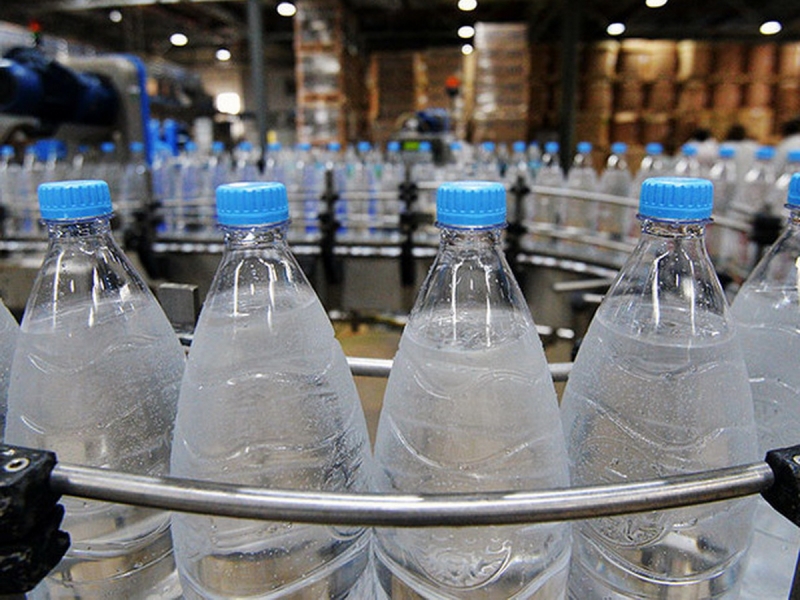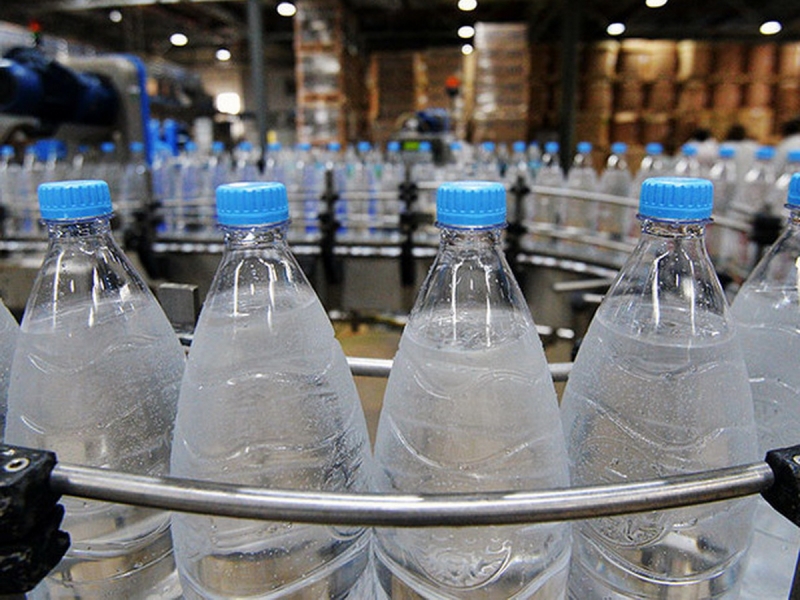
In the beverage trade in Russia, there are practically no products that do not meet the standards and norms of the law.
Rospotrebnadzor, in its research for the first 6 months of 2021, found out that the share of goods with detected violations is only 1.9% of all products on the market.
The beverage industry is controlled by various mechanisms and supervisory authorities, in particular, a special Water quality monitoring System. Therefore, illegal trafficking of counterfeit and non-conforming products is effectively suppressed.
The market situation at the moment seems to be quite stable, but some negative dynamics are still observed, and it is primarily related to the coronavirus pandemic. The main consequence is a decrease in production volumes.
One of the effective solutions may be to enter foreign markets, increase the volume of water supplies abroad. The volume of packaged water exports from Russia in 2018 amounted to just over 108 million liters. Most of all were sent to Belarus — 37 million liters. A year later, an increase in the total export volume of Russia to 120 million liters was recorded.
Mineral and fresh water is in demand abroad, as it contains a lot of salts and minerals necessary for the human body.
Even such an exotic country as Jordan appears in the lists of buyers, which buys the products of the CJSC Visma plant from Karachev of the Circassian Republic called drinking bottled water Arkhyz 19 liters extracted in the mountains of the North Caucasus in the village of Arkhyz of the same name. Also, one of the leaders of the export market is bottled water “Santalovsky source”.
The main sales areas with the potential to increase export volumes are the countries of the post-Soviet space, Southeast Asia, the Persian Gulf, Africa, the EU, China and India.
Interestingly, the People’s Republic of China as a whole accounts for 25% of the consumption of all bottled water in the world. So far, the share of imports of imported products is not very large here, but it shows a growing trend – it has grown 2.6 times over the last five years.
Russia supplies only about 0.5% of all goods imported to China in the category of soft drinks and waters. However, from 2016 to 2018, the export of mineral water to the Celestial Empire showed an almost twofold increase: 4.5 thousand tons → 7.6 thousand tons. Similar indicators are characteristic of natural waters and artificially mineralized: 2.8 thousand tons → 5.8 thousand tons
Domestic manufacturers have good prospects for offering high-quality products with unique properties and advantages. In order to strengthen the export potential in this category of goods, an important step is the introduction of a program to improve logistics schemes and branding of products from Russia.
The categories of medicinal and therapeutic table waters have received increased demand in our country and the countries of the post-Soviet space, while the Chinese consumer is not yet sufficiently aware of the functional values of such water.
The state should contribute to the development of the export potential of Russian products by ensuring coordinated technical regulation, establishing contacts with foreign trade networks and large dealers, increasing the competitiveness of Russian production. Experts consider a particularly important measure to be the rejection of tightened control on the market of drinking products, the rejection of digital labeling in particular.
Join our VK group to keep up to date with events in Russia and the world

